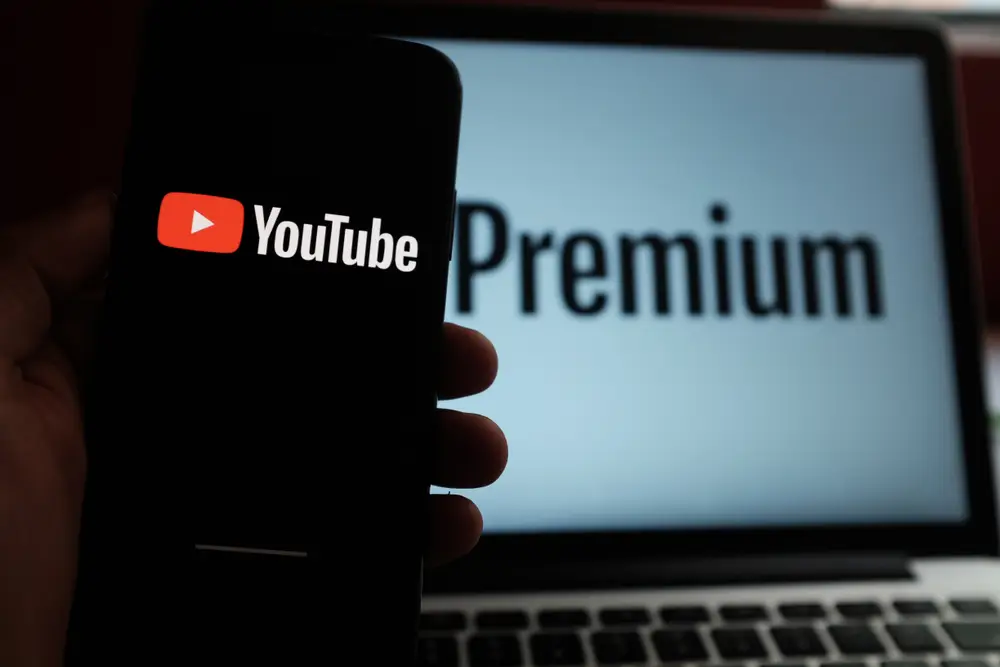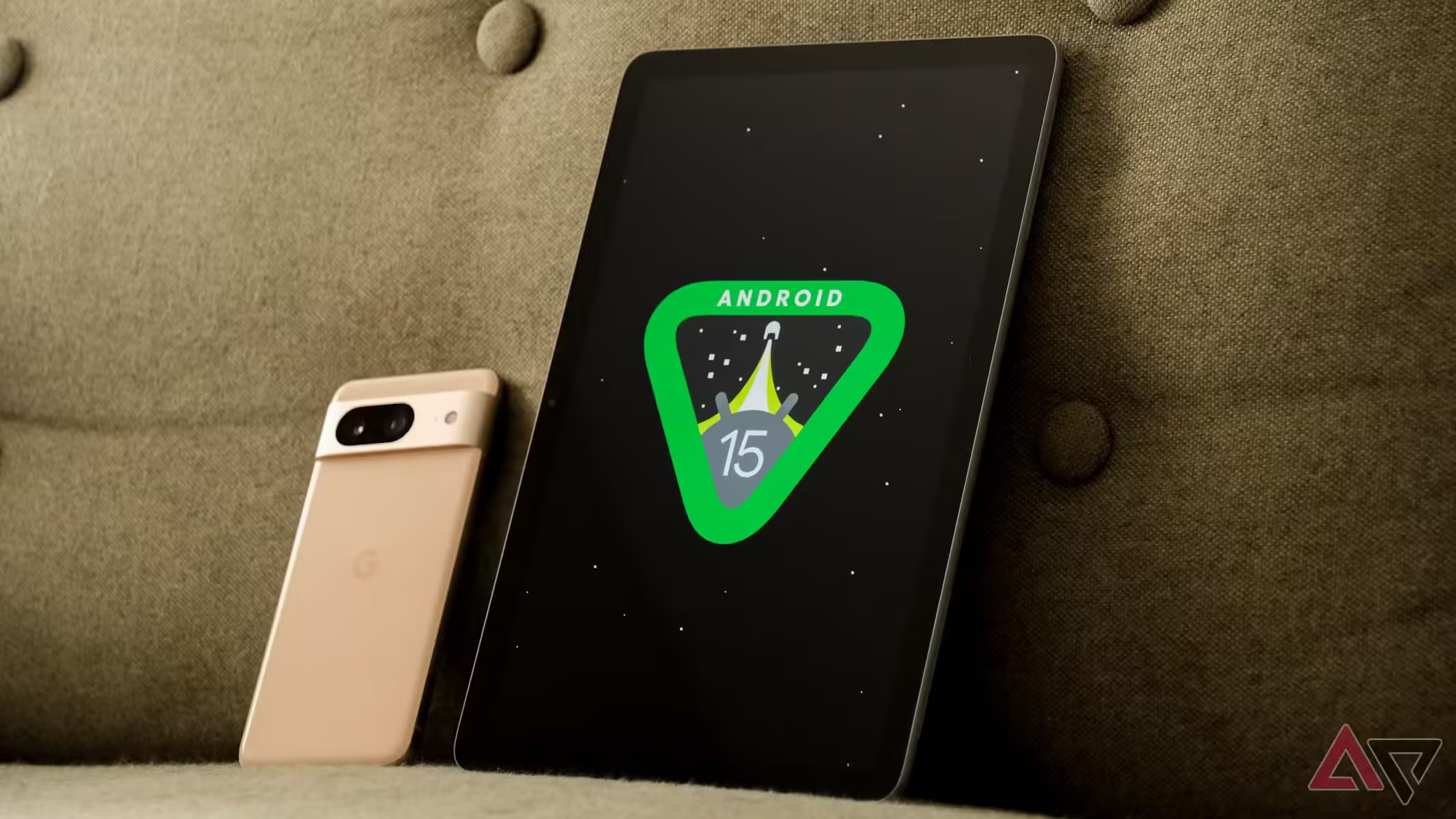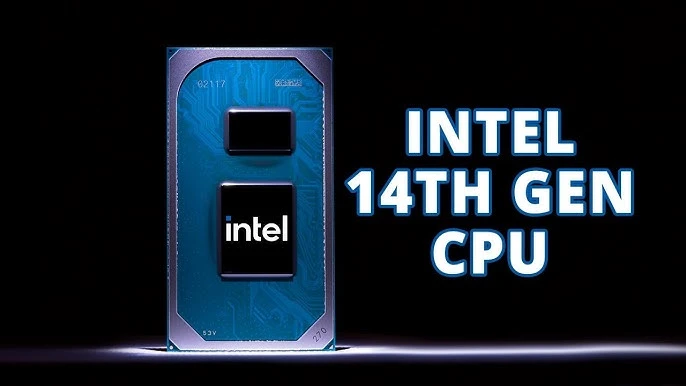In a push to have a better user experience, YouTube has announced that the company will curtail some ad elements on its site. Such changes will make advertising appear more streamlined in interaction with the user but will not compromise the viewer and advertisers’ needs. The announcement has created far-reaching debate among content creators, advertisers, and the millions of people who regularly use YouTube videos for entertainment, learning, or business. What does reducing ad elements entail, and how will it impact the two key stakeholders — advertisers and viewers?
We will examine YouTube’s impact on the advertising industry, its implications for YouTube users, and how this may affect the future of ad-based platforms.

What are YouTube Ad Element Reductions?
YouTube has built its entire revenue model around advertisements. Whether it’s all the ads appearing before a video starts, mid-roll ads in longer videos, or display ads, YouTube videos are formatted to be monetized through various forms of advertising. The platform recently announced that it will limit the frequency of specific types of ads, particularly on YouTube Music and long-form videos. These are the results of long-time user feedback about those specific ad formats that disrupt the overall user experience.
YouTube will reduce the number of non-skippable ads that have been protested because they break the continuity of content and the user’s engagement. Even though the ad reduction mainly targets specific types of ads, it does not mean that YouTube is about to eliminate all ads. Instead, it reduces how advertisements are displayed and increases content creators’ chances of generating more income. YouTube Premium, the paid version of the site, will be entirely ad-free, and we will discuss this in more detail throughout the article.
Radical Shifts in YouTube Policy
Fewer Non-Skippable Ads: The most significant difference is the decrease in non-skippable mostly in videos that are longer than their shorter versions.
YouTube Music: Many ad breaks will also be done away with on YouTube Music. Interruptions by ad breaks and other interruptions shall be fewer, especially for free-tier users who do not have a subscription to YouTube Premium.
Most YouTube videos will not have as many mid-roll ads, meaning interruptions are less in the watching process. Focus on Skippable Ads: YouTube will keep its focus on the skippable ads; where viewers can skip them after five seconds. This would give the viewers more significant control over what they watch.
What Does This Mean for Advertisers?
Ad Strategy Shift:
For advertisers, reducing ad elements means they have to shift their advertising strategy on YouTube. Non-skippable ads, previously a staple for delivering ensured impressions, are no longer as expected. Advertisers will need to focus more on creating compelling content that fits into the skippable ad format, which allows users to skip the ad after five seconds. This means there is an even greater premium on creative messages that grip a viewer within the first few seconds of an ad.
There is also a hint that ad targeting and placement will be more sophisticated, which means that advertising will have fewer but more relevant opportunities to be in front of the target market. Advertising with better placements often implies quality over quantity rather than vice versa.
Emerging YouTube Premium and Ad-Free Models
Another factor of significant interest to advertisers is the ascertainment of YouTube Premium. YouTube Premium has been gaining users daily; such users prefer ad-free content on YouTube through YouTube Premium. This means traditional ad channels might only reach a small percentage of the audience on YouTube. Therefore, these advertisers may be forced to seek alternative formats like content on YouTube, influencer partnerships, or even other Google properties like Google Search and Google Ads.
The Ads Placed by Advertisers Must Become Less Obtrusive
YouTube must eliminate most of the more intrusive ad types. More discreet ad varieties, including in-feed video ads, bumper ads, and sponsored cards, would help advertisers apply less intrusive yet engaging ad varieties. These varieties are less obtrusive yet provide visibility for advertisers, thereby not ruining the user experience.
Cutting out all the most traditional advertising elements may force them to use more organic advertising styles, such as native ads, content collaborations, and embeds that introduce the brand more subtly within the YouTube video.
How People Will Benefit?
More Enjoyable Experience:
Reduced ad elements for YouTube viewers better the view experience. For an extended period, non-skippable ads have frustrated users because they are very long, especially while content or playlists are on. Such a move to eliminate non-skippable ads on YouTube ensures that its viewers watch their favorite fluidly. Whether binge-watching an entire series on YouTube videos, trying to develop new skills, or just listening to YouTube music, the user is now less likely to be broken out of their focus by aggravating ads.
YouTube Music Sessions to a New Level:
Of the most significant user complaints about YouTube Music has been ad interruptions. For non-subscribers to YouTube Premium, their music flow is interrupted by adverts, and it’s a lousy experience. By minimizing ads on YouTube Music, users on the Greentree tier will have less interruption; however, they would have the option to upgrade to an ad-free experience via YouTube Premium.
This change can make more users spend more time on the platform, increasing their time on YouTube Music. Furthermore, the users of YouTube Premium will have an ad-free experience without interruption during any of the videos and music on YouTube.
To increase the number of Users of YouTube Premium:
As YouTube reduces some ad components, the company is also trying to encourage more people to opt for YouTube Premium, the platform’s service. YouTube Premium promises users an ad-free experience with downloads and access to YouTube Originals. As more people tire of advertisements, the appeal of an ad-free view and listening could compel more subscriptions to the YouTube Premium service.
It will, in turn, modify advertising strategies for YouTube. The lesser utilization of ad impressions has made marketers need to improve their strategy more than ever.
The Position of YouTube Premium in the Emerging Ad Industry:
YouTube Premium is at the company’s center, away from revenue-generating ad elements. The firm generates a monthly subscription fee by giving customers an ad-free experience on all content on YouTube, including YouTube Music. The company opens up opportunities for monetizing creators by sharing revenue from subscriptions.

Growing Premium Subscription Revenue:
YouTube Premium is part of the new wave in digital media consumption, where consumers increasingly want to pay for ad-free experiences. In the long run, with more people moving to YouTube Premium, YouTube will have ever-increasing revenue streams from Premium-it will have less and less to depend on ad placements. The subscribers on YouTube Premium already generate revenues for the platform, and as more and more subscribers shift to Premium, chances are higher that Premium will also give it a good cut in revenues.
YouTube Premium will offer users an ad-free experience and expand benefits like search ground playback and access to exclusive content. Since more issuers are migrating to this ad-free model, paid, subscription-based models for digital content consumption may increasingly displace the advert-driven model.
What does this mean for Content Creators?
More Control Over Monetization:
The content creators are all ad-dependent. They would likely have been concerned with the reduction of ad elements if there had been a drop in earnings from this change. YouTube has assured creators that no earnings drop will come from this change. More engaging ad formats and optimized placements shall make the content creators see an overall gain in earnings despite seeing fewer ads.
Direct benefits will come from YouTube Premium subscription growth to the content creator. How much time users spend on their videos is based on how much of this revenue YouTube pays its content creators. As more users subscribe to YouTube Premium, the creators will reap financial gains without solely depending on the regular, traditional ad impression.
Further Scope of Sponsored Content and Co-creation:
With less ad business, the creators could face greater demand for sponsored content and brand collaboration. Brands who want to reach the YouTube audience more organically will approach the creators with direct proposals to create sponsored videos, add a product to the video content, or have influencer partnerships. The change may give the creators more control over the depiction of YouTube and its brands while generating income from more channels.
The Future of YouTube Advertising
Rise of Alternative Ad Format:
Alternative ad formats will rise fast to fill in the dead spots that YouTube will slowly wipe out. The household ad types, such as bumper ads (six-second non-skippable ads), in-feed video ads, and sponsored cards, will be the prevalent form and will help advertisers reach their desired audiences without interrupting the consumption of the content.
Quality Ads Targeted Right
YouTube would have to invest more in ensuring the ads the user sees are maximally relevant and targeted. In other words, according to browsing behavior and preferences, a user has a higher chance of seeing those ads that match his interests. From the advertisers might mean fewer but more valuable impressions, leading to better ROI (Return on Investment) on their ad spend.
Focus on Subscription-Based Models
A more significant industry trend lies within the reduction of commercials on YouTube — efforts that might signal the direction this story might take eventually. Recently, the popularity of YouTube Premium across users shows how, as this platform performs, others will adopt a similar behavior towards their users by giving them the choice of paying to avoid commercials.
Conclusion:
YouTube’s decision to axe some ad elements is a seismic shift in online advertising. Advertisers must admit new formats and strategies while viewers wait for an improved and less disjointed experience. For YouTube Premium, growth should also be on YouTube.



